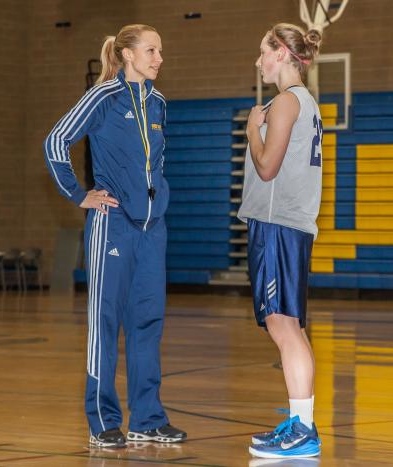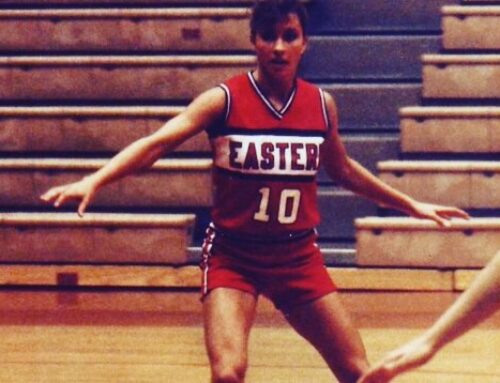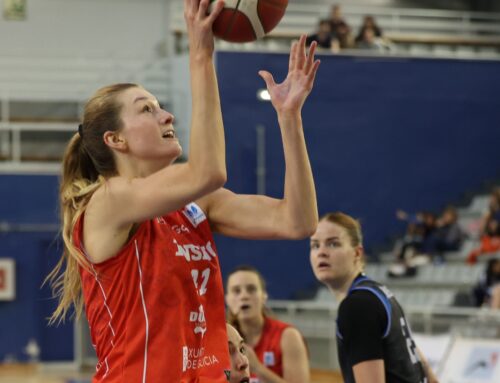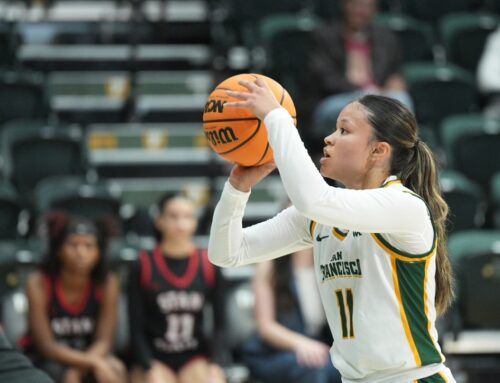
As a coach it’s important to be prepared. To be prepared for upcoming games, for your upcoming season and especially for your practices. Yet at the same time, you need to be flexible. When I was coaching I would spend a lot of time planning for the approaching season, what skills and concepts we should work on in practice and when. And though the plans often changed as the season progressed, had I not started each season with a plan, our teams would have struggled.
As an assistant coach I remember thinking that ten practice days (the mandatory practices needed to play in the first game) was plenty to get a team ready for the first game. As a head coach, there is never enough time. There is a lot to cover before that first game, especially if you have a lot of new players learning your system. As head coach I always felt rushed, yet I tried not to rush, especially when it came to the fundamentals. Make plans for your season and observe your team to make sure your players are on pace with the team goals. Are your players understanding and implementing the things you’re working on? If not, slow down and adjust. You’ll feel like you’re behind, like you won’t have enough time to get to all the things you want to cover, and you’re probably right, but that is normal.
One thing that helps is to start with the basics. I always focused on fundamentals and our basic offenses and defenses and then added more as the season progressed. There are so many things to go over in practice (even with a well established team), fundamental skills, offenses, defenses, presses, press breakers, inbound plays, and conditioning to name a few, and as all coaches know, you rarely feel totally prepared. There are always skills to work on and adjustments to be made. This is coaching, it never ends, that’s why you have practices, and why you must always have a plan.
Always have a practice plan. Always!
Have an overall plan for your season and be prepared with a daily practice schedule. Your plans may change during practice, just as they will throughout the season, but you must start with a plan. Know what you need to work on, have your practice drills written down and schedule them out by the minute. It can be simple, written on paper or printed from the computer. I used a yellow pad or my PeaceLoveBasketball Practice Schedule seen below; just make sure you write your plans down.
I learned from Coach Wilkinson when I was an assistant coach at Bishop Blanchet (I even folded my schedule in half, longways, and tucked it into the waistband of my sweats like he did, so I could quickly refer to it during practice.) Coach Wilk always had a scheduled out practice plan, and practices ran like clock work. Time was not wasted and the girls moved easily from drill to drill and it started from his plan. On my practice paper I would jot notes about the day’s focus, set a start time for each drill and a plan for how many minutes we would run that drill (or be on break). To the right of my list of drills and water breaks, I would write notes about the drills, whom I was planning to group together, and thoughts about our opponents. I would end the practice with a quote and reminders for the next day, all written on my practice plan.
No matter what age kids you are coaching, you should always have a plan. Over the years I have watched some coaches run practices without a plan and it’s not pretty. Drills don’t build upon one another. Practices don’t lead into one anther. And often coaches run players because they’re not sure of what else to do. Conditioning is important, but it is better done by practicing with intensity and hustle, and with drills that include balls and running (although occasionally there are a few times of strictly running). When a coach knows what is next, and has a plan of where and who will be in the drill, the transition between drills happens fast. Without a plan, time is wasted.
A practice schedule helps to keep practice running smoothly, however, be ready to make changes, because they will come. Maybe you spend more time on one drill to make sure everyone is doing the drill right and then you have to reduce time on a drill later in practice, or cut a drill out completely (make sure to squeeze it into the next practice), maybe you realize your players need to get into better shape so you add a little extra running (preferably while dribbling a ball) or maybe they aren’t listening so you do the same to get their attention, maybe you realize from what is happening in practice that you need to work on a different drill, or maybe as practice evolves you decide to drop a drill altogether, maybe your players don’t need a drill, or maybe they need a break; a few minutes for fun and team building. Read your team. Be ready for change, and whatever you do, always come prepared.




